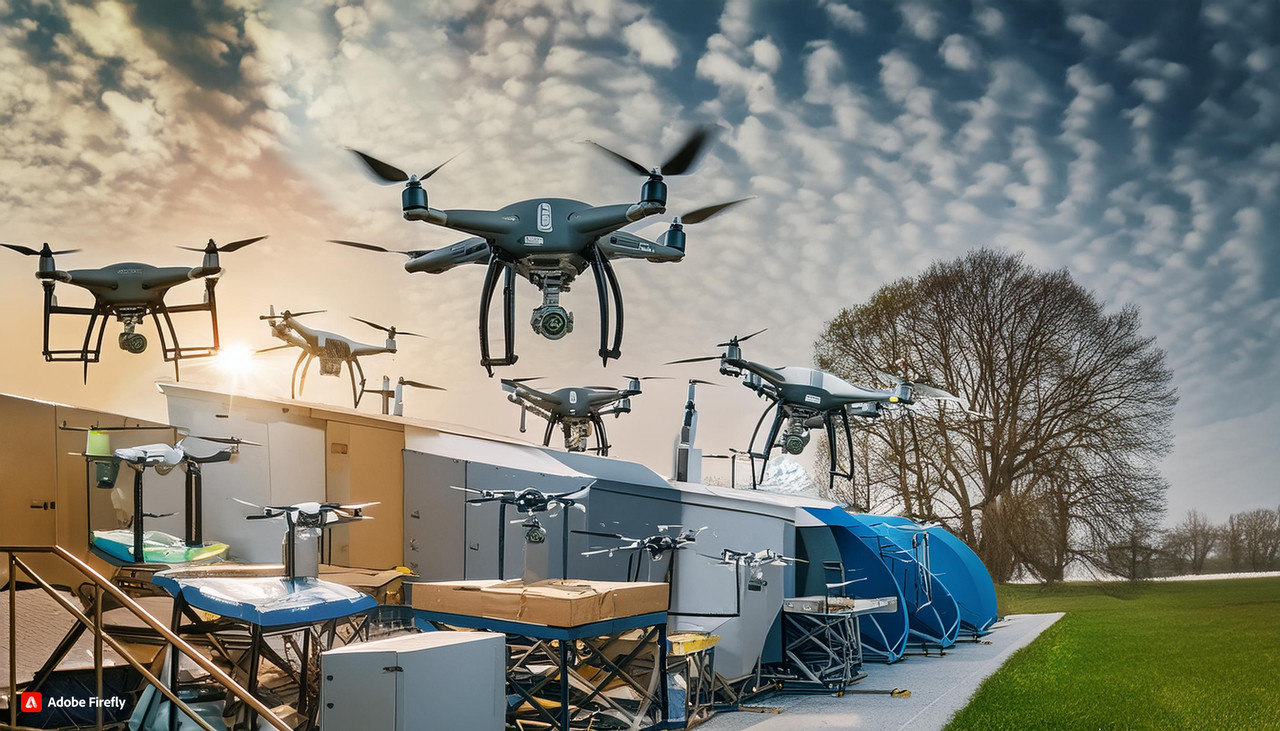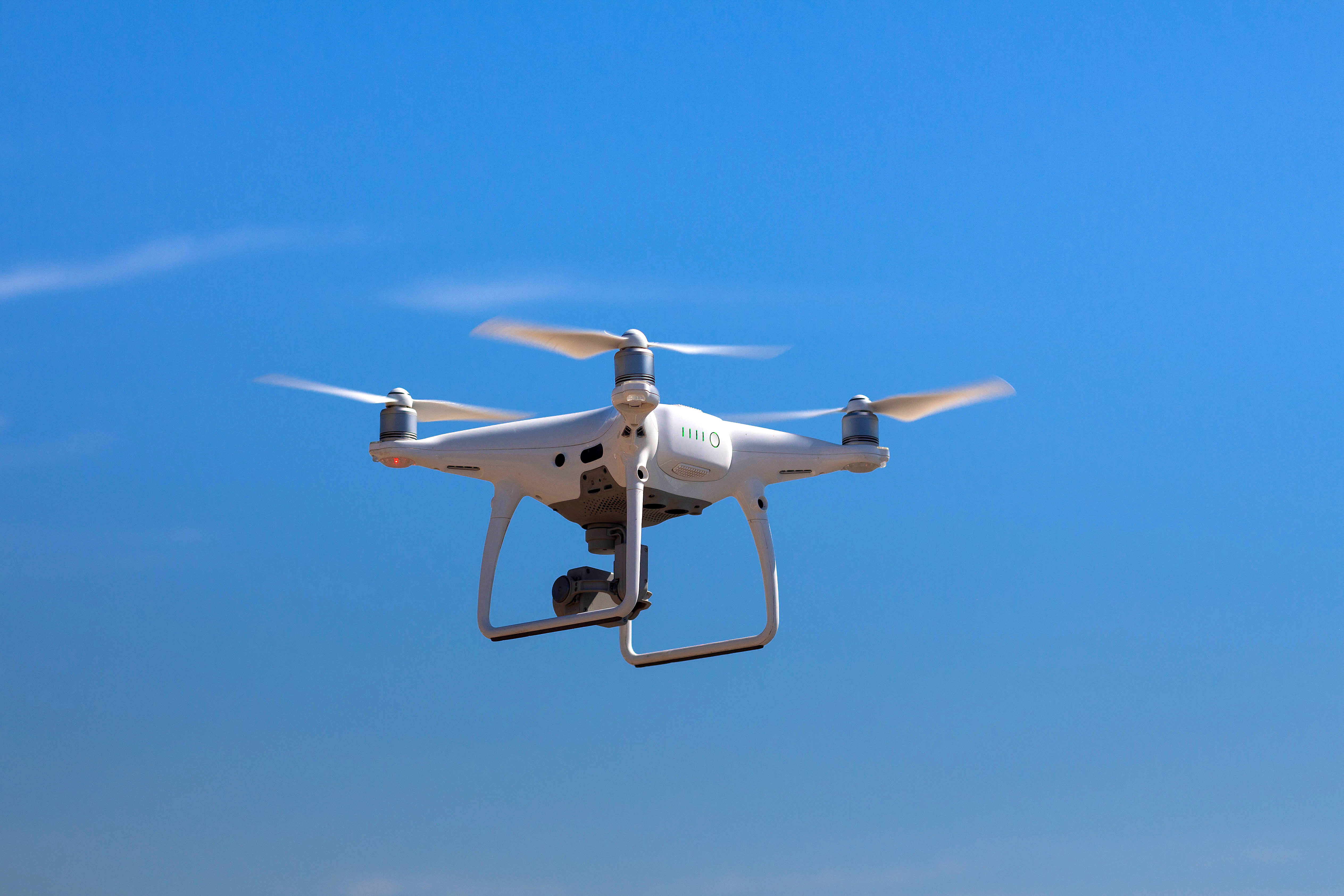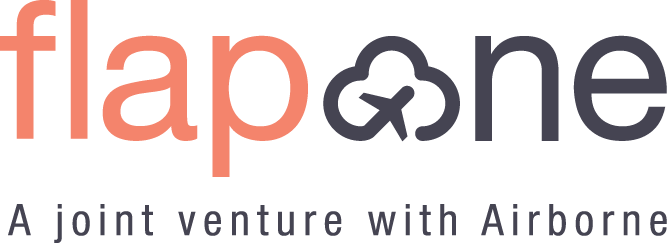Can I Fly a Drone Without a License in India?
India wants to become a global drone hub by 2030. To this end, the Government of India’s Ministry of Civil Aviation published new rules in 2021. Further amendments were made in 2022. These included drone rule amendments and some changes to the Unmanned Aircraft System Rules published in 2021.
Agriculture is a major sector across India, and the Finance Ministry stated the need to introduce the Drone-as-a-service model. This will impact India’s agricultural practices. It comprises using drones to digitize land records, monitor and assess the health of the crops, and spray pesticides and nutrients.
Various drone training institutes, courses, and programs are being established to increase the number of skilled personnel in the industry who can use drones in agriculture and also other industries.

Registration and Licensing
All drones in India should be registered with the DGCA, and all drone operators should possess a licence to fly them. Registrations will be done on the DGCA’s Digital Sky platform, a single-window online platform for drone registrations and approvals.
Requirements for People Becoming Drone Operators
· The minimum age required for flying a drone commercially is 18 years. As far as educational eligibility is concerned, they should have passed 10th, apart from having completed a mandatory drone training course from a DGCA-approved institution and passed the written exam.
· Upon passing the exam, the operator will have a remote pilot certificate or an RPC from the DGCA via the Digital Sky Platform in 15 days. The RPC is valid for 10 years.
· However, a certificate is unnecessary to operate nano drones less than 250 grams and non-commercial micro drones below 2 kg. But even if permissions are not required, operators cannot fly nano or micro drones over 50 feet or above a speed of 25 metres/second.

Restrictions on Drone Use
DGCA has imposed some restrictions on drone operators regarding the flying of drones. For example, operators cannot fly near airports or in thickly populated areas. MoCA has also positioned an interactive airspace map on the Digital Sky platform for the suitability of drone operators. This map is colour-coded into green, yellow, and red zones.
Green Zones: No permission is essential for flying drones in these areas.
Yellow Zones: These are controlled airspaces, and operators must have special permission to enter them.
Red Zones: These are strictly no-fly zones, such as nuclear power plants, military bases and other sensitive areas restricted because of the risk of accidents or security purposes.
Availing permission is compulsory before operating a drone. Drone operators can apply for permission through the Digital Sky app, which grants or rejects the request. The drones allowed for use in India must be inept at taking off without permission. One must comply with all these restrictions while flying a drone, or there can be a penalty of up to ₹1,00,000.

Coming to a Conclusion
If you also have a question in your head, "Can I fly a drone?" If you tick all the boxes, then you can definitely fly a drone. We at Flapone Aviation, a leading drone pilot school will allow you to fly drones for commercial purposes by providing top-notch training, as we have the best instructors on board.
Related Blog
Latest updates and insights from Flapone Aviation.

What Types of Drones Are Present in the Market?
October 8, 2024

How to Become a Pilot After 12th in India?
February 7, 2025

What are the Basics of Drone Piloting?
February 7, 2025



